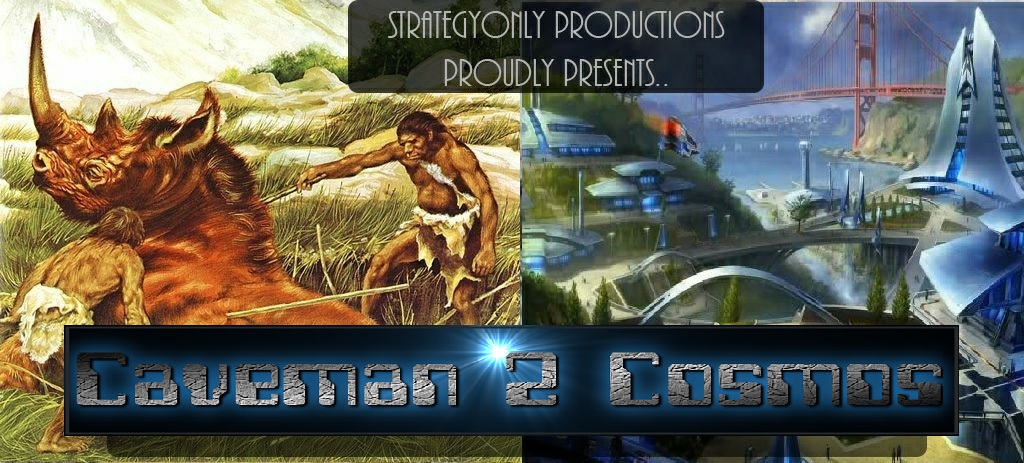
Griffith's Man's Genesis (1912) they inspired Charles Chaplin's satiric take, in His Prehistoric Past (1914) as well as Brute Force (1914), The Cave Man (1912), and later Cave Man (1934). A genre of cavemen films emerged, typified by D. Edgar Rice Burroughs adapted this idea for The Land That Time Forgot (1918). How the First Letter Was Written and How the Alphabet was Made is one of Rudyard Kipling's Just So Stories (1902) featuring a group of cave-people. In Sir Arthur Conan Doyle's The Lost World (1912), ape-men are depicted in a fight with modern humans. While wild men were always depicted as living outside of civilization, there was an ongoing debate as to whether they were human or non-human. During the Middle Ages, these beings were generally depicted in art and literature as bearded and covered in hair, and often wielding clubs and dwelling in caves.

History Ĭaveman-like heraldic " wild men" were found in European and African iconography for hundreds of years. They often have grunt-like names, such as Ugg and Zog. Stereotypical cavemen have traditionally been depicted wearing smock-like garments made from the skin of other animals and held up by a shoulder strap on one side, and carrying large clubs approximately conical in shape. A few genuine cave dwellings did exist, however, such as at Mount Carmel in Israel. Until the last glacial period, the great majority of humans did not live in caves, being nomadic hunter-gatherer tribes living in a variety of temporary structures, such as tents and wooden huts (e.g., at Ohalo). The image of them living in caves arises from the fact that caves are where the preponderance of artifacts have been found from European Stone Age cultures, although this most likely reflects the degree of preservation that caves provide over the millennia rather than an indication of their typical form of shelter. Popular culture also frequently represents cavemen as living with or alongside dinosaurs, even though non-avian dinosaurs became extinct at the end of the Cretaceous period, 66 million years before the emergence of the Homo sapiens species.


They are often shown armed with rocks or cattle bone clubs that are also adorned with rocks, and are portrayed as unintelligent and aggressive. Book illustration by unknown artist for The Cave Boy of the Age of Stone (1907)Ĭavemen are typically portrayed as wearing shaggy animal hides, and capable of cave painting like behaviorally modern humans of the last glacial period.


 0 kommentar(er)
0 kommentar(er)
